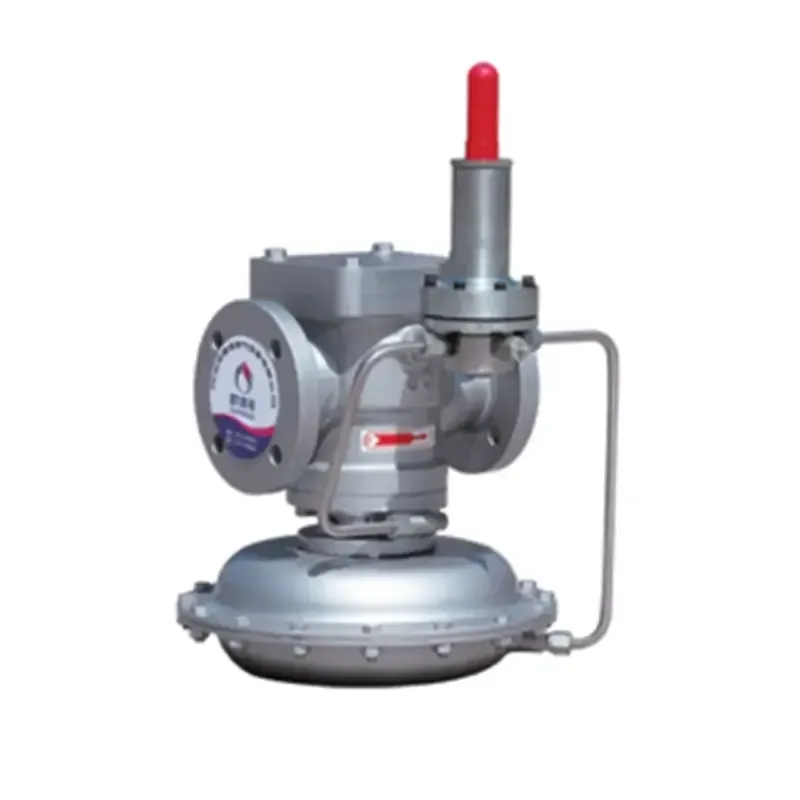
Dec . 01, 2024 23:35
Back to list
معدات التغويز
The Significance of Regasification Equipment in the LNG Supply Chain
Liquefied natural gas (LNG) has emerged as a crucial component in the global energy landscape, offering significant advantages in terms of transportation, storage, and energy efficiency. However, to utilize LNG effectively, it must first be converted back into its gaseous state, a process known as regasification. Regasification equipment plays an essential role in this process, ensuring a seamless transition from LNG to usable gas for various applications, including heating, electricity generation, and industrial use. This article will explore the importance of regasification equipment in the LNG supply chain, its types, and the technological advancements shaping its future.
Importance of Regasification Equipment
Regasification equipment serves as a gateway for LNG to enter the domestic and industrial markets. It facilitates the conversion of LNG, which is stored at cryogenic temperatures, back into natural gas that can be distributed through existing pipeline infrastructures. The efficient operation of this equipment is vital for meeting energy demands, especially in regions with limited natural gas reserves.
Additionally, the infrastructure for regasification plays a crucial role in energy security, allowing countries to diversify their energy sources and reduce reliance on pipeline gas from specific suppliers. By investing in regasification facilities, nations can create strategic reserves and stabilize their energy markets, mitigating risks associated with supply disruptions.
Types of Regasification Equipment
.
1. Floating Storage Regasification Units (FSRUs) These vessels combine storage and regasification functions, allowing for flexible and rapid deployment. FSRUs can be anchored offshore, receiving LNG from carriers and converting it to gas to be supplied directly to the grid or local infrastructure. Their mobility and ability to operate independently of onshore facilities make FSRUs an attractive option for countries looking to expand their LNG import capabilities quickly.
معدات التغويز

2. Onshore Regasification Terminals These fixed installations are typically large and serve as key nodes in the LNG supply chain. They consist of various components, including storage tanks, regasification units, and compression systems. Onshore terminals are designed for high capacity and can cater to significant industrial and urban gas demand.
3. Small-Scale Regasification Units These units are designed for smaller applications, such as local heating or fueling stations for vehicles. Their compact size and lower cost allow for the development of LNG infrastructure in remote areas or smaller communities, where large-scale facilities would be economically unfeasible.
Technological Advancements in Regasification
The field of regasification technology is continuously evolving, driven by the increasing demand for LNG and the need for more efficient, environmentally friendly solutions. Innovations in heat exchange technology, such as integrated vaporization systems and advanced control systems, have significantly improved the efficiency of regasification processes.
Additionally, developments in materials science have led to the creation of more durable components capable of withstanding the extreme conditions associated with LNG. These advancements ensure that regasification equipment operates reliably and minimizes maintenance downtime, ultimately supporting a more efficient LNG supply chain.
Furthermore, the integration of renewable energy sources, such as solar and wind power, into regasification facilities is becoming increasingly common. By utilizing renewable energy for operations, the carbon footprint of LNG regasification can be significantly reduced, supporting the global transition toward sustainable energy practices.
Conclusion
Regasification equipment is a critical component of the LNG supply chain, enabling the conversion of LNG into usable gas for various applications. Its significance extends beyond mere conversion; it enhances energy security, promotes diversification of energy sources, and supports economic stability. As the demand for LNG continues to rise, ongoing advancements in regasification technology will play a vital role in shaping the future of energy production and consumption. By investing in and improving regasification infrastructure, countries can ensure a reliable and sustainable energy future.
Latest news
-
Safety Valve Spring-Loaded Design Overpressure ProtectionNewsJul.25,2025
-
Precision Voltage Regulator AC5 Accuracy Grade PerformanceNewsJul.25,2025
-
Natural Gas Pressure Regulating Skid Industrial Pipeline ApplicationsNewsJul.25,2025
-
Natural Gas Filter Stainless Steel Mesh Element DesignNewsJul.25,2025
-
Gas Pressure Regulator Valve Direct-Acting Spring-Loaded DesignNewsJul.25,2025
-
Decompression Equipment Multi-Stage Heat Exchange System DesignNewsJul.25,2025

